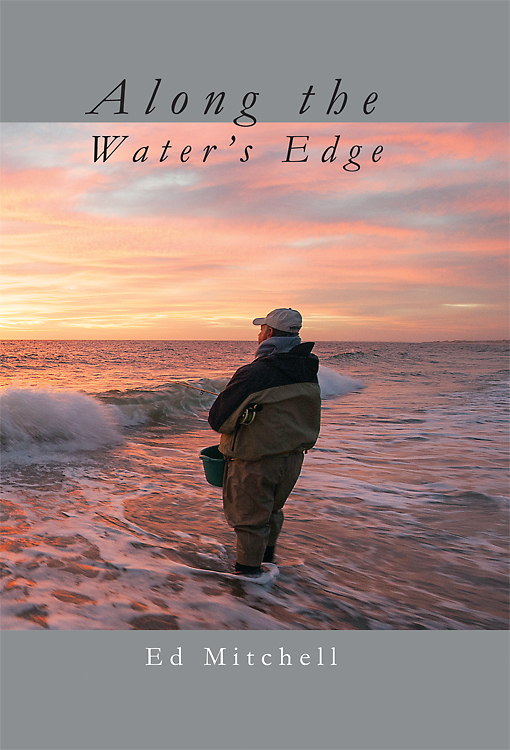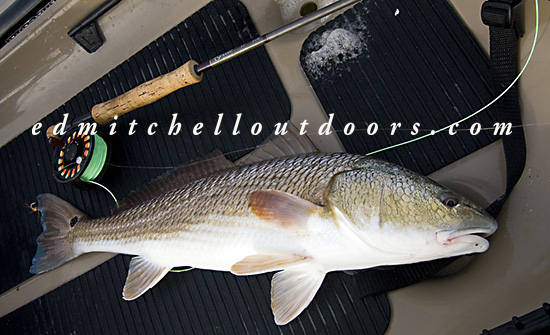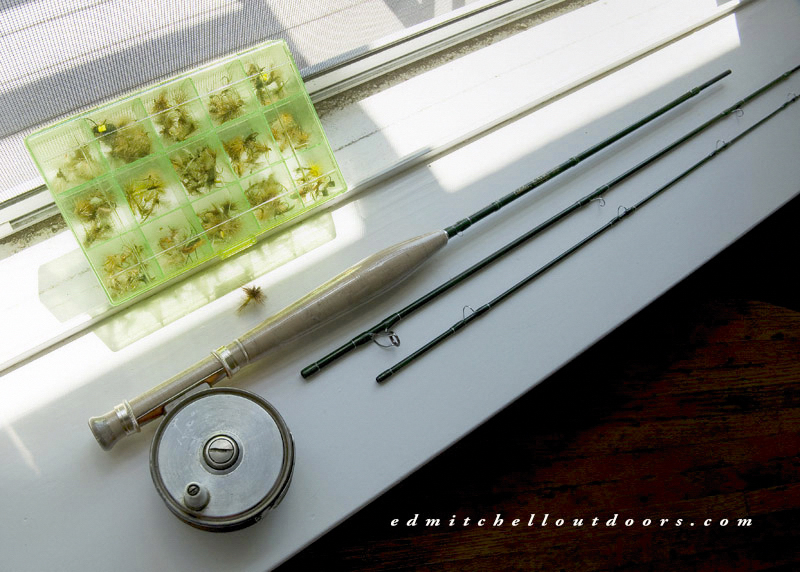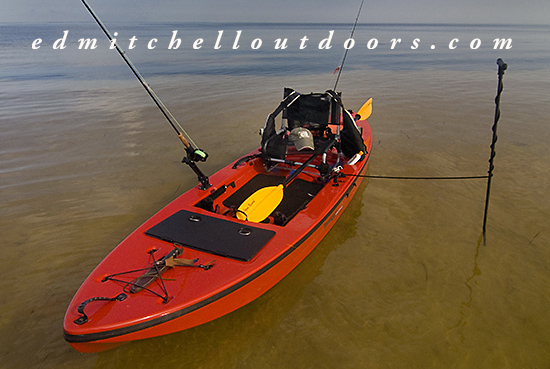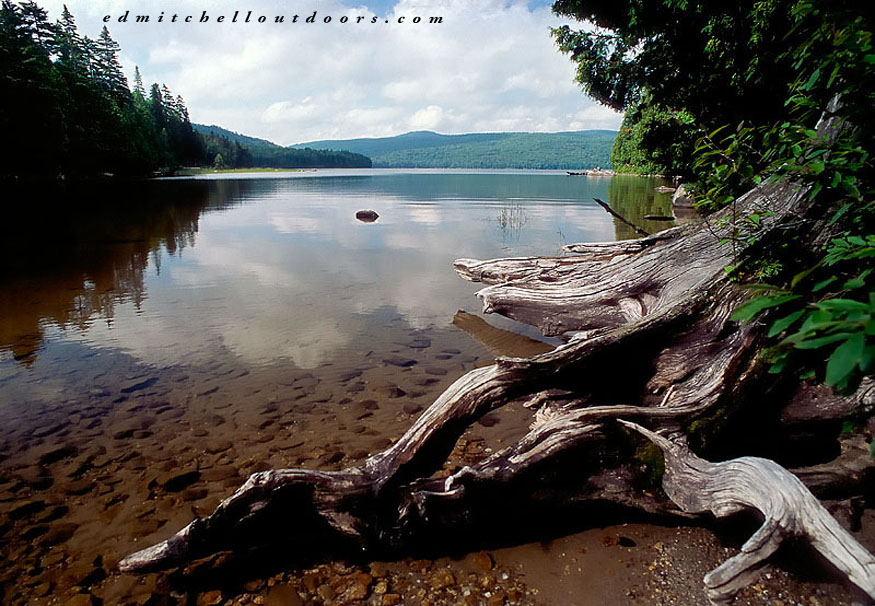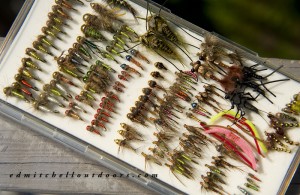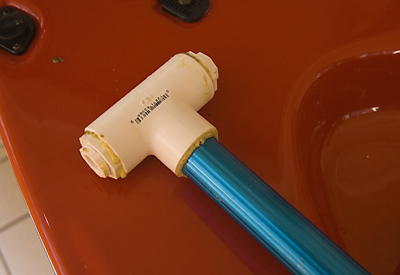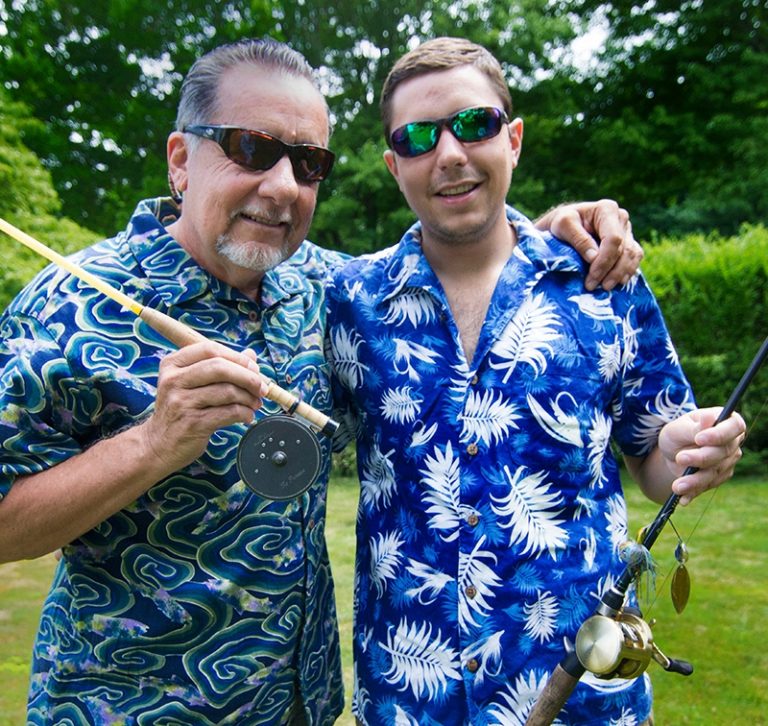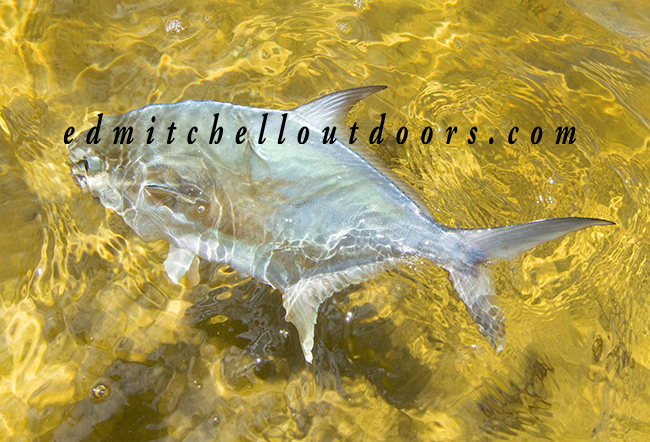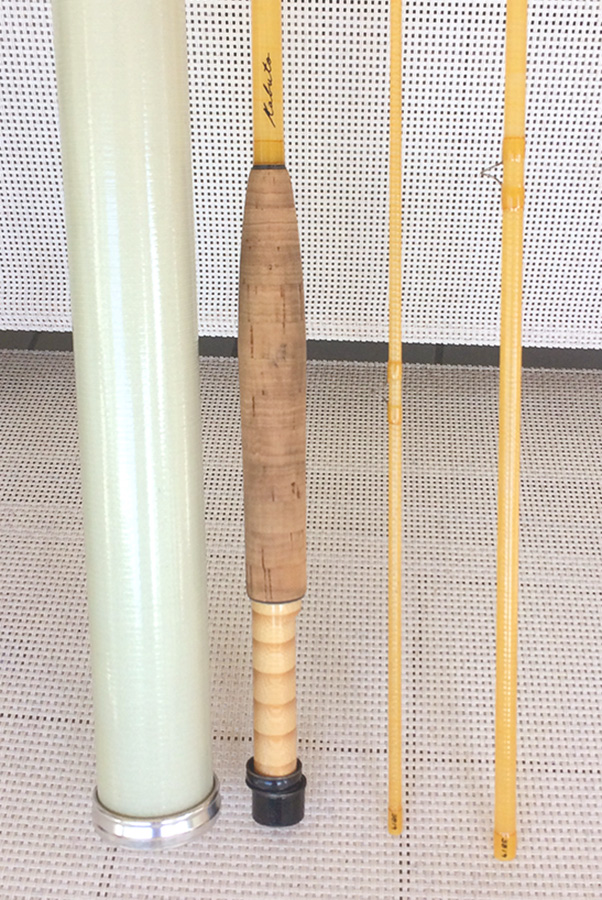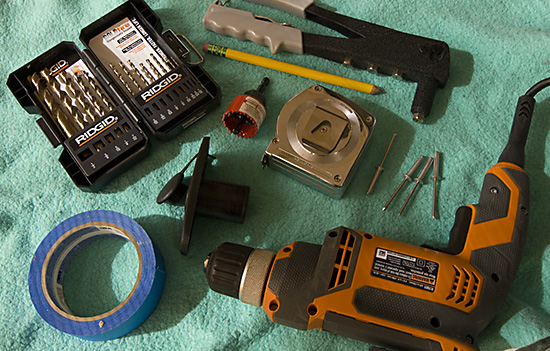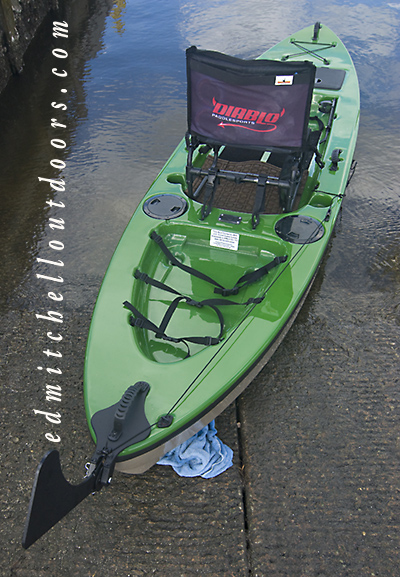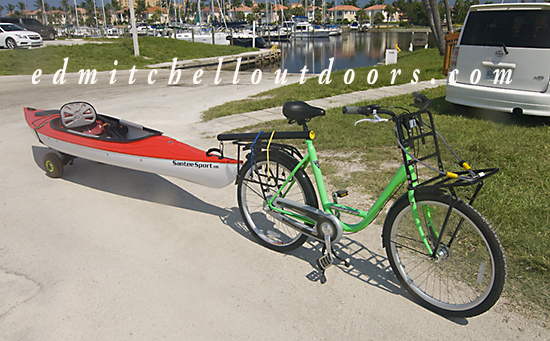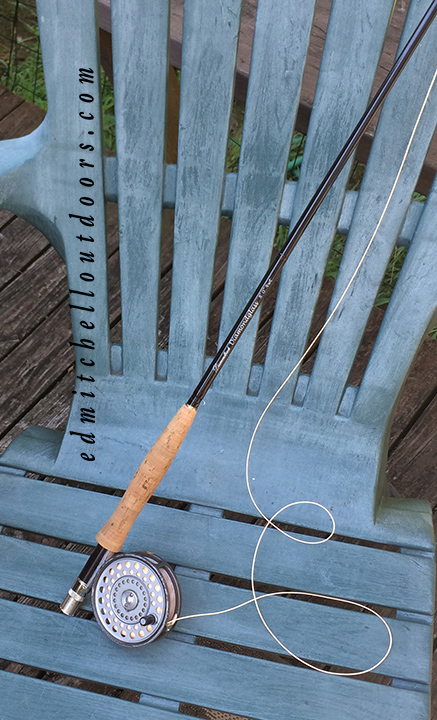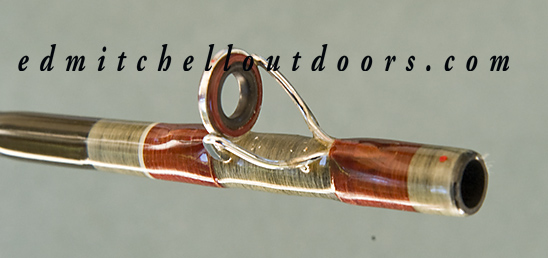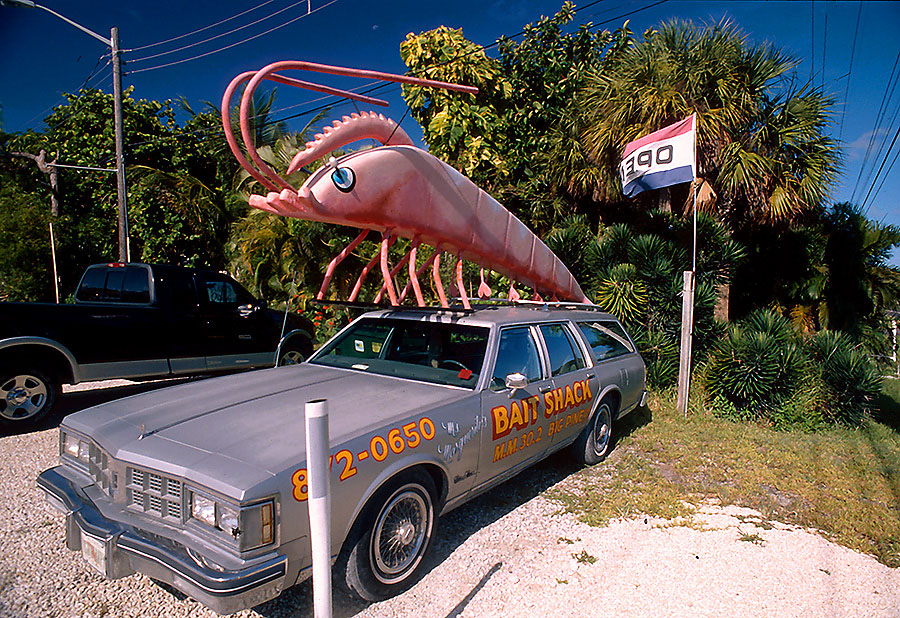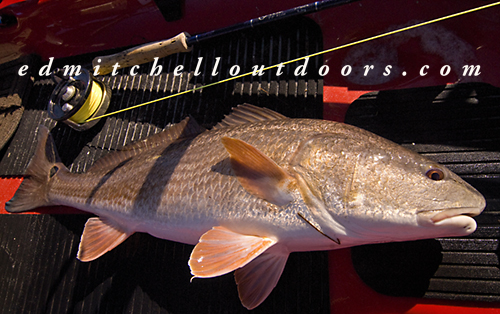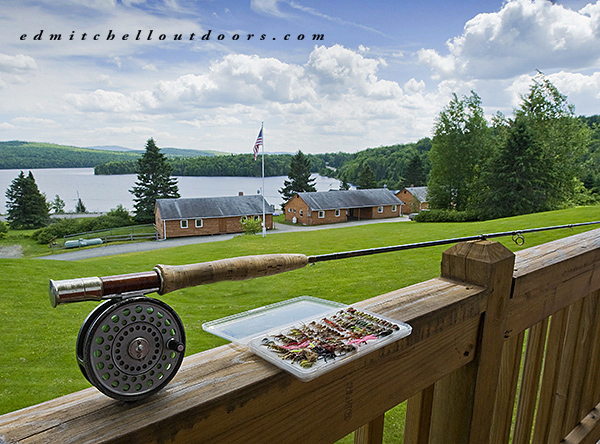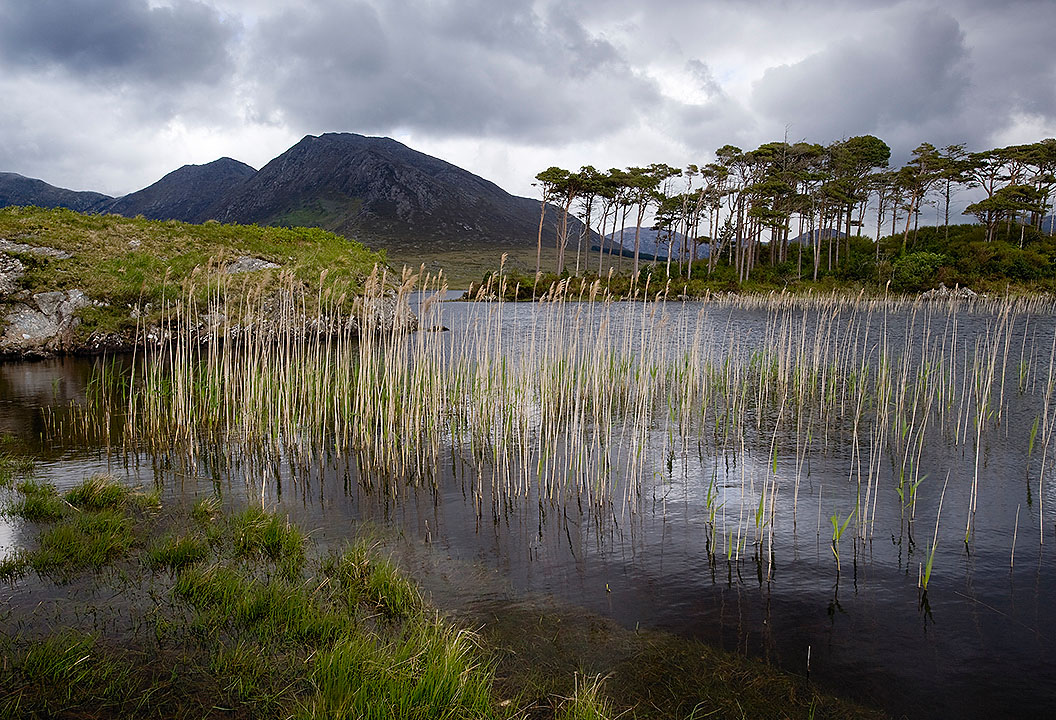My Biggest Bonefish
Without a doubt, this is my biggest bonefish. From the tip to tail, it measured at least 30″, and I figure it weighed around 10 pounds. The location you ask? Green Turtle Cay in the Bahamas. It’s a 3 mile long barrier island to the immediate east of Great Abaco. Very peaceful, very laid-back, just you the sun and the sea. Perhaps the busiest sightseeing spot on the island is Miss Emily’s Blue Bee Bar, home to the legendary Goombay Smash, a high octane rum based drink capable of making you forget your name.

Now before we go any farther, let me set the record straight. I don’t have oodles of experience at chasing bones. Four trips maybe? Not because I don’t love it, mind you. You need deep pockets for this game. Just a fact of life, bonefishing isn’t cheap. And no matter how much moola you drop, be prepared for the possibility you hit a week of high wind, and see very few bones. It can happen.
On this particular day, I had hired a guide for a half-day on the water. It was morning, overcast, wind reasonably light, and the tide arriving. We fished a large flat inside a bay, open at one end to the sea . In fact you could see breakers entering. As we neared the far end of the flat, the guide yelled “big bone coming”. I looked and spotted a shadow that seemed too big for a bone. I actually thought it was small shark. But as it neared, I dropped a fly in front of it. Wham, hookup! That bad boy took off like lightening, streaking across the flat toward the mouth of bay, desperate to reach open water. It was quite a battle on a 7- weight fly rod, but all ended well. Yes, time for a Goombay Smash.









